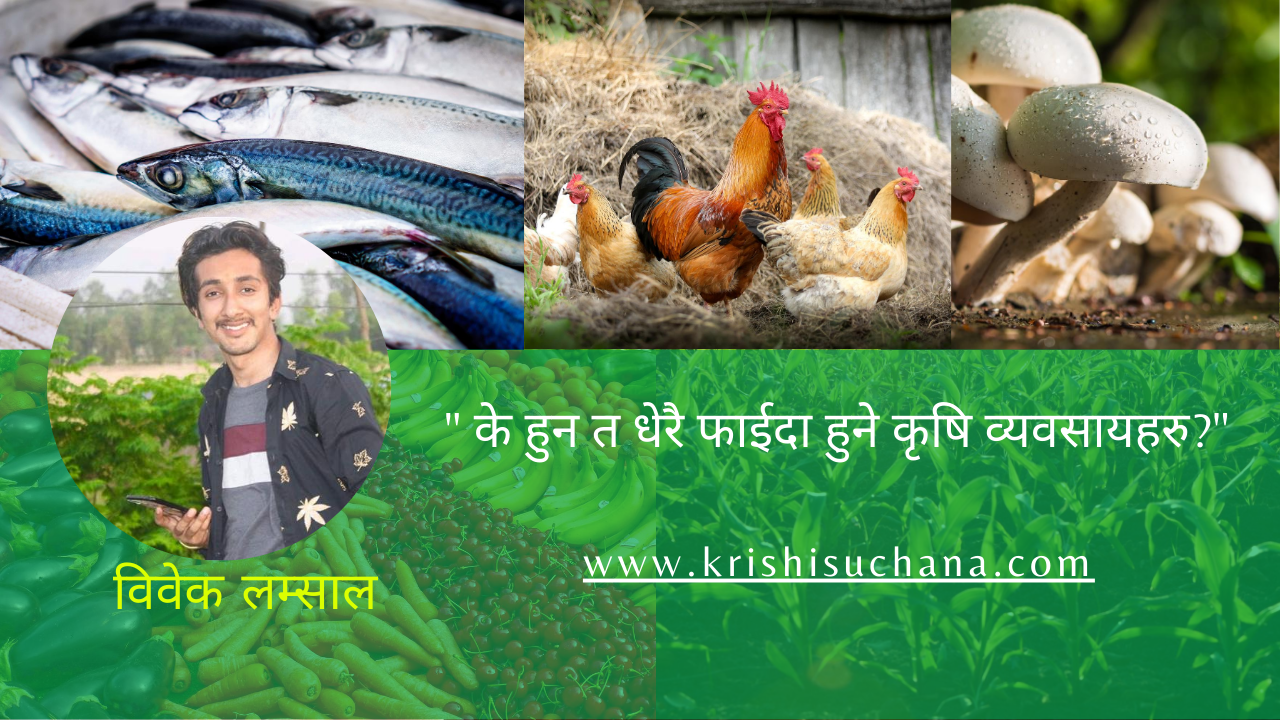Triticale – Introduction, History, Uses, Nutrition Value
Introduction and Uses
Triticale is also called man-made cereal which is made by crossing between wheat (Triticum aestivum) and rye (Secale cereale L). As compared with other crop species, (which are evolved in nature), triticale is different in the sense that it is man made and is of very recent origin. Wheat rye hybrid was developed in Sweden in 1930. It is a winter season crop and is suitable for growing especially in hilly areas.
This crop has considerably higher yield potential and better nutritional quality compared to wheat. In general, about 25% higher yield over the best wheat variety under comparable conditions is being obtained or may be expected. The protein content in some Triticale strains is approximately 20-40% as compared to commercial wheat varieties which contain around 14% protein. Regarding amino acid, it contains a higher amount of essential amino acid lysine compared to wheat. Triticale grain is mostly utilized for animal feeds and it is not suitable for making bread because it is not preferred by the consumers. However, it makes quite acceptable chapatis and bread almost similar to that of wheat. It is foreseen that with the development of the animal industry, this crop will also serve as an excellent animal feed being rich in content and quality of protein.
Importance of Triticale
- Triticaleis better than wheat and rye.
- Triticale has 25%higher yield potential and better quality grains as compared to wheat.
- Triticale is adapted to stress conditions like cold and drought.
Nutrition value
- Triticale has better nutritional quality compared to wheat.
- Triticale contains 20 to 40% higher amounts of protein compared to wheat.
- The proportion of essential amino acid lysine is also higher.
- Starch is more digestible.
- Mostly used to prepare chapaties and bread.
- Used as animal nutrition due to its higher quantity and quality of protein in grain in developed countries.
Origin and History
As triticale is man-made cereal, the origin and history is not as old as other crops. It is the most recent crop. The first natural occurrence of wheat-rye hybrid was described by Wilson (1875). In 1890, Rimpau in Germany succeeded in crossing wheat and rye. The immediate wheat-rye hybrids are completely sterile and therefore, it was not until 1937, when polyploidising action of the drug colchine was discovered, that experimental work on the synthesis of fertile wheat-rye hybrid. Presently improved varieties are mostly of hexaploid types and are developed from inter-crossing newly synthesized hexaploid and more recently from inter crossing octaploid and hexaploid types (Sisodia and McGinnis, 1070).
Area and Distribution
Triticale is grown mostly in Canada, Russia, Europe and USA. In Nepal, farmers do not cultivate triticale because farmers are not known about the triticale, they don’t know about the importance and health benefits of triticale and this crop is confined to different research stations only.
Climate and Soil
The climatic requirement is more or less similar with that of wheat crop. It is suitable for hilly areas and can be grown upto 4000 m asl. Although this crop can be grown in all types of soil however, it appears better in light soils, particularly under unirrigated conditions. In addition, the crop appears to have adaptation for growing under relatively higher temperatures and wet soil conditions compared to wheat. Triticale is expected to possess more drought resistance compared to wheat because both the parental species are considered to be drought resistant. It can grow satisfactorily in alkaline and acidic soils also.
Varieties
No improved recommended varieties are in cultivation in Nepal. Important varieties are generally obtained from other developed countries for research purposes. Important varieties for cultivation are:
- Armaliyo P.M. 108
- E.P.T.72142
- U.P.T. 7361.
Cultural practices
Field preparation :
Conventional tillage : 2-3 times ploughing followed by planking.
Minimum tillage : 1-2 times ploughing followed by planking.
Weed management methods include prevention, eradication and control methods .
- Manual or mechanical weeding should be done at 20-40 days
- Manual or mechanical methods are easier in the field with line sowing as compared to broadcasting methods.
Sowing method :
- Broadcasting : by hand or spreader.
- Drilling: done by seed drilling machines.
- Dibbling : placing seed in a hole made by dibbler, peg or hand.
A) Under unirrigated conditions:
- Sowing time: Under unirrigated conditions the crop is sown in October and will mature within 110-130 days depending upon variety.
- Seed rate and spacing: The optimum seed rate is 75-100 kg/ha. The seed rate varies from varieties, fertility status of soil, planting time, spacing etc. The recommended spacing is 20-25 cm row to row and 8-10 cm plant to plant discance.
- Fertilizer rate: About 50 kg of N, 50 kg of P and 20kg of K/ha should be drilled in the field at the time of planting.
B) Under irrigated conditions
- Sowing time: The seed should be sown in October- November. However, suitable varieties may also be sown around mid October or late December depending upon cropping pattern and availability of land for sowing. Approximately 100 – 125 kg seed/ha is used which should be drilled at 15-20 cm row spacing at 5-8 cm depth.
- Fertilizer rate: The crop will respond favorably to about 100kg N, 50 kg P and 30 kg K/ha.
- Irrigation: Normally 5-7 irrigations are required and the crop will mature in 120-150 days depending upon the variety and time of sowing.
Harvesting: harvesting is done by serrated sickle, brush cutter or reaper. Crop ready to harvest in 4-5 months.
Threshing : Threshing is done by trampling, beating on log, peddle thresher.
Harvesting and Threshing can be done by combining harvesters.
Yield: About 25% higher yield than improved varieties of wheat.

 गृहमन्त्री लामिछानेविरुद्धको रिट न्यायाधीशद्वय शर्मा र श्रेष्ठको इजलासमा
गृहमन्त्री लामिछानेविरुद्धको रिट न्यायाधीशद्वय शर्मा र श्रेष्ठको इजलासमा  खेलकुदमन्त्री श्रेष्ठले गरे टीयू क्रिकेट मैदानको निरीक्षण
खेलकुदमन्त्री श्रेष्ठले गरे टीयू क्रिकेट मैदानको निरीक्षण  दिल्लीको होटलमा बसेर क्यानडा र अमेरिकामा मानव तस्करी
दिल्लीको होटलमा बसेर क्यानडा र अमेरिकामा मानव तस्करी  अनलाइन जुवा खेलाएर काभ्रेका अनिलले गरे दुई अर्बको कारोबार
अनलाइन जुवा खेलाएर काभ्रेका अनिलले गरे दुई अर्बको कारोबार  मुख्यमन्त्री सोडारीले विश्वासको मत लिन सुदूरपश्चिमको प्रदेश सभा बैठक आव्हान
मुख्यमन्त्री सोडारीले विश्वासको मत लिन सुदूरपश्चिमको प्रदेश सभा बैठक आव्हान 



Thank You for this valuable article❤️